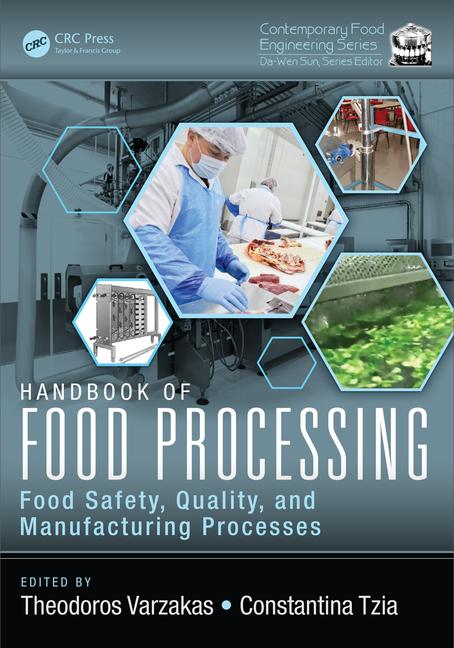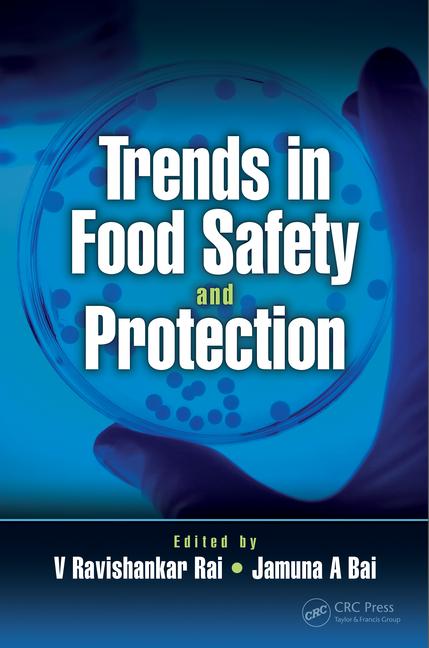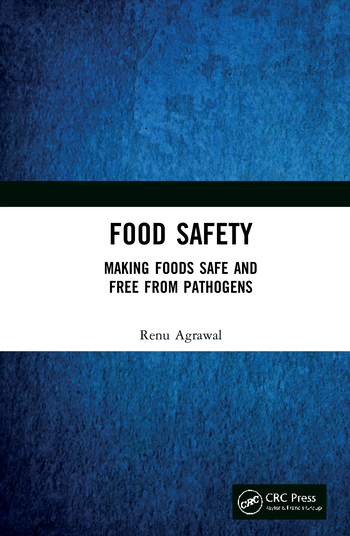Unveiling the Hidden Dangers of Barbecue: Navigating Potential Hazards and Ensuring Food Safety

Image credit: Emerson Vieira via Unsplash
Barbecue is a widely enjoyed cooking style around the world, especially during special occasions, holidays, and celebrations. Meat lovers have a particular fondness for barbecue, especially when it comes to beef, pig, veal, lamb, mutton, and goat. These meats have the remarkable ability to be transformed into burgers, steaks, and kebabs. Their popularity is not only rooted in their versatility, but also in their important role in the culinary customs of many nations. Moreover, the barbecue fame of red meat can also be attributed to its abundant supply of essential nutrients, especially protein and iron.
Despite the nutritional advantages offered by red meat in general, numerous studies have indicated that ingestion of grilled meat, as well as direct skin exposure to fumes generated while barbecuing, as well as inhalation of these fumes, can expose people to carcinogenic substances, increasing the risk of several types of cancer, including colon, pancreatic, and prostate cancer. Heterocyclic amines (HCAs), polycyclic aromatic hydrocarbons (PAHs), and myoglobin N-nitroso compounds (NOCs) are the primary carcinogenic compounds responsible for such health risks.
HCAs are produced when the amino acids, sugars, and creatines in red meat are cooked above 300 °F (149 °C). The concentration of HCA increases as the temperature rises. HCAs are also produced in high-temperature cooking methods such as pan frying and grilling. Cooking at lower temperatures, such as boiling, stewing, or poaching, is known to generate fewer HCAs.
PAHs are produced when the fatty drippings and juices from meat come into contact with a hot surface or coals. The resulting smoke and flames, laced with PAHs, interact with the meat on the barbecue and get absorbed into it, increasing the risk of cancer from eating barbecued meat. This smoke, infused with PAHs, can be inhaled and absorbed by the lungs. Furthermore, the skin can absorb these chemicals through direct contact. If clothing is worn to minimize skin contact with PAHs, it is important to note that if the clothing becomes soaked with barbecue smoke, the skin can still intake substantial levels of these cancer-causing substances.
When animals consume meat, the myoglobin protein—which is responsible for transporting and storing oxygen in muscle tissue—is broken down. This process produces NOCs, which are carcinogenic chemicals. Consuming large amounts of red meat can result in increased exposure to NOCs. This exposure can impair the creation of key proteins and enzymes required for normal cell function, thereby increasing the risk of cancer. This article examines how these cancer-causing chemicals are created during the barbeque process and offers tips on how to decrease human exposure and risk.
Improving the Safety of Barbecue Food and Process
To reduce the formation of HCAs and PAHs during barbecuing, it is essential to decrease the cooking time while still ensuring that meats are cooked to the proper internal temperature. This can be accomplished through the adoption of a comprehensive strategy. To begin with, it is advisable to choose leaner cuts of meat such as top sirloin steak, rump steak, flank steak, or boneless strip steak, or to remove any extra fat and discard the skin prior to the barbecue process. Meats with a higher fat content require a longer cooking time, resulting in a greater amount of drippings. As a result, more smoke is created, increasing exposure to PAHs. Choosing leaner meats can also have a beneficial effect on cardiovascular health, providing an added advantage.
It is strongly recommended to substitute red meat with other options like white meat, such as salmon, herring, and mackerel, as well as poultry. Fish and poultry are leaner than red meat and have shorter cooking times. Additionally, fish and seafood are rich in Omega 3 fatty acids, which have been associated with cancer prevention, and they have lower myoglobin levels compared to red meat. Choose breast and wings instead of drumsticks and thighs when it comes to poultry. These cuts have lower fat content and can be cooked faster, reducing grill times.
It is also critical to choose fresh meat, rather than processed meat. Experts highly advise against cooking processed meats, such as ham, bacon, sausage, salami, and other processed deli meats, to reduce the risk of being exposed to carcinogenic HCAs. Processed meats contain nitrates or nitrites, which are converted to NOCs during barbecuing. Another method for minimizing cooking times is to properly thaw meat and cut it into smaller pieces. Inadequate defrosting, as well as barbecuing larger and thicker portions of meat, may increase the duration meat remains on the grill, resulting in increased PAH emissions.
Marinating meat before barbecue with low-fat or fat-free ingredients and acidic substances like balsamic vinegar, red wine, or lemon juice, as well as antioxidant-rich ingredients like rosemary, grape seed oil, virgin olive oil, turmeric, and ginger, can also significantly inhibit HCA formation, resulting in less exposure. It is also important to use a thinner marinade. Thicker marinades, such as those containing honey or sugar, can cause meat to "char," potentially increasing exposure to carcinogenic compounds. It is best to avoid consuming barbecue meat that has been burnt or charred. Burnt or charred areas contain HCAs, and they must be removed. Cooking meat at high temperatures or for extended periods of time often leads to charring and blackening. To prevent this, slow cook the meat at a lower temperature, specifically at the center of the grill. HCAs begin forming at 212 °F (100 °C) and are produced in large quantities at around 570 °F (299 °C). While most people barbecue their food between 375 °F and 450 °F (191 °C and 232 °C), some may even go up to 650 °F (343 °C) to sear a steak.
The ideal barbecue temperature is between 225 °F and 250 °F (107 °C and 121 °C). The best temperature for long, slow smoking of meats on a grill or smoker is around 225 °F (107°C). To ensure the meat is cooked properly, use a meat thermometer to ensure that the recommended internal temperature is reached. Once the desired temperature is achieved, promptly remove the meat from the grill. Never "smash" or "flatten" meat on the grill; instead, flip it regularly to avoid charring and blackening. This not only helps keep the temperature low, but also inhibits charring and the production of HCAs.
Another good tip is to use perforated aluminium foil or a cedar plank as a cooking barrier. This reduces the amount of smoke and the resulting PAHs that are produced. Finally, to avoid contact with smoke, keep the meat at least 6 in. away from the heat source. Also consider precooking meat before barbecuing to lessen the danger of PFAs and HCAs, and discard juices. After being halfway cooked, the meat can be finished on the grill.
Ensuring that the grill is clean is also important in reducing exposure to carcinogenic compounds. It is imperative to thoroughly clean the grill prior to barbecuing. The accumulation of carbon residue from previous barbecues not only results in uneven heat distribution and longer cooking times, but also provides a breeding ground for harmful bacteria that can pose a risk of foodborne illness. Therefore, it is important to clean the grill after each use using mild and environmentally friendly materials. The use of harsh cleaning agents can leave lingering odors that may affect the flavor of the meat.
Final Recommendations
At present, there are no guidelines that specifically address the potential risk of cancer associated with the consumption of food containing HCAs and PAHs. Recent studies have demonstrated that cooked meat releases aerosol emissions measuring 40 g/kg of meat, which could result in significant exposure. Recent research conducted in China found that consuming merely 100 g (3.5 oz) of red meat every day increases the risk of developing gastric cancer. To ensure caution, it is advisable to aim for a weekly intake of three servings of cooked red meat, with each serving weighing 170 g (6 oz).
Additionally, it is recommended to restrict the consumption of processed meat to a maximum of 30 g (1 oz) per week. Also, choose dishes and recipes that feature fresh chicken or fish, or red meat with vegetarian burgers or other grilled fruits and vegetables. Fruits and vegetables contain no creatine and, when grilled, do not form HCAs.
While it is perfectly acceptable to indulge in the pleasure of barbecuing meat, the increased health and food safety risks should be taken into consideration. By following safe guidelines for both the barbecue process and meat consumption, the barbecue experience can be enjoyed without significant risk.
Looking for a reprint of this article?
From high-res PDFs to custom plaques, order your copy today!









